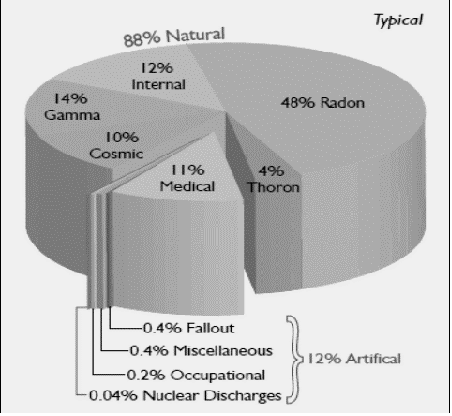


Indian Journal of Science and Technology
Year: 2021, Volume: 14, Issue: 33, Pages: 2684-2710
Original Article
G Vaidyanathan
1 Outstanding Scientist & Former Group Director, Department of Atomic Energy, Kalpakkam,
India
*Corresponding author email: [email protected]
Received Date:01 May 2021, Accepted Date:25 September 2021, Published Date:18 October 2021
Objectives : This review is to study the electricity generating energy sources in the world at large and India in particular, considering the impact on the environment and arrive at the energy sources which India needs to focus in the future. Methods : The world data on the various aspects like greenhouse emissions, deaths, health effects, levelized cost of electricity, energy return on investment, water, and land requirements for various energy sources have been studied. Findings : The need for reduction of energy from coal is clear as its emissions affect the health and contribute to climate changes. The alternative large source appears to be nuclear. Wind and solar power with low emissions of Greenhouse gases are also favored. However, wind is seasonal and solar power can be generated only during daytime which leads to low-capacity factor (~20%) compared to 32% for nuclear and 42% for Coal plants. This has also impact on the grid management. The environmental impacts of Nuclear, Coal, Solar, Wind and Hydro have been brought out in detail. More weightage is given to sources that have a higher growth rate based on the energy return on investment and environmental impacts rather than capital cost. The accidents of nuclear reactors in USA, Russia and Japan have shaken the public faith in nuclear power. The real fact that the impacts on the health of the people due to release of radiation in these accidents is negligible has been brought out. Comparison between natural and manmade radiation has been brought out. Finally, the applicability of energy sources in the context of India are discussed and a ranking approach arrived at. Recommendations : Nuclear has been favored based on the availability of natural uranium and thorium in the country and long-term energy security. Solar and wind need to be deployed, wherever possible, in view of the slow introduction of nuclear reactors due to high capital cost. Import of nuclear designs from abroad is also recommended to meet the electricity demands as a stop gap arrangement. Novelty : This study has taken a ranking approach considering most important metrices and has applied to India.
Keywords: Pollution, coal, hydro, biomass, nuclear, risk, benefits
© 2021 Vaidyanathan. This is an open-access article distributed under the terms of the Creative Commons Attribution License, which permits unrestricted use, distribution, and reproduction in any medium, provided the original author and source are credited.
Published By Indian Society for Education and Environment (iSee)
Subscribe now for latest articles and news.